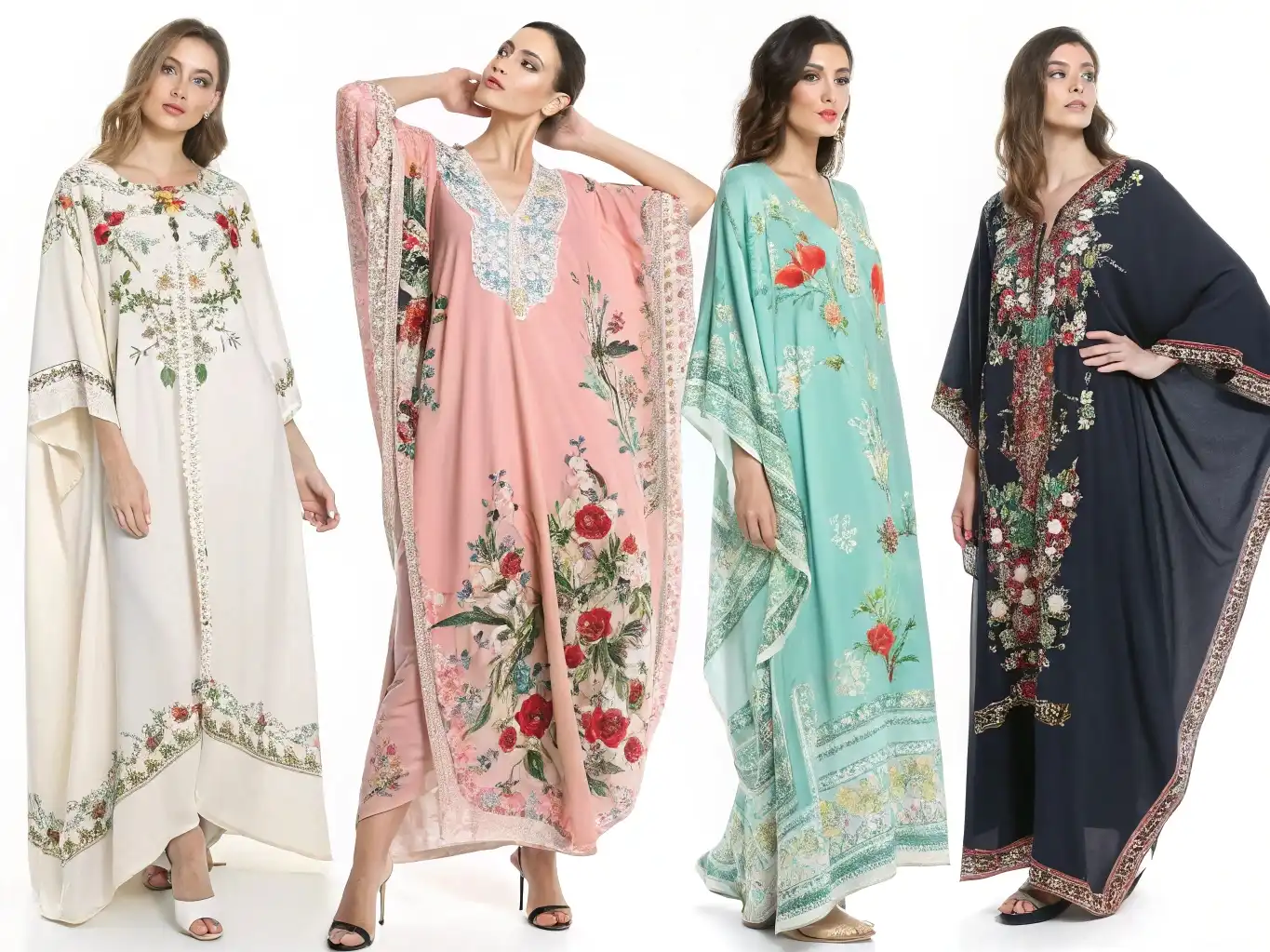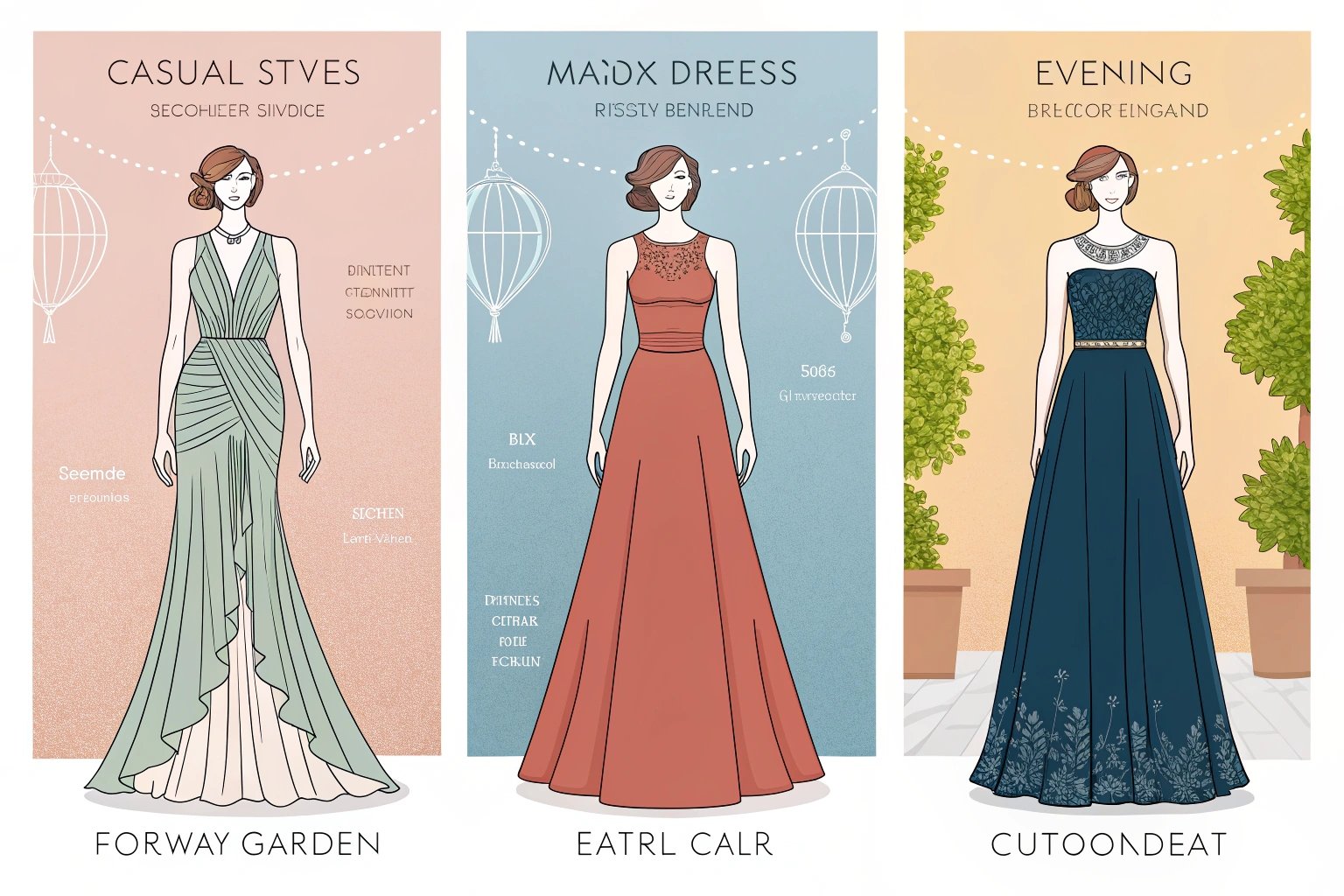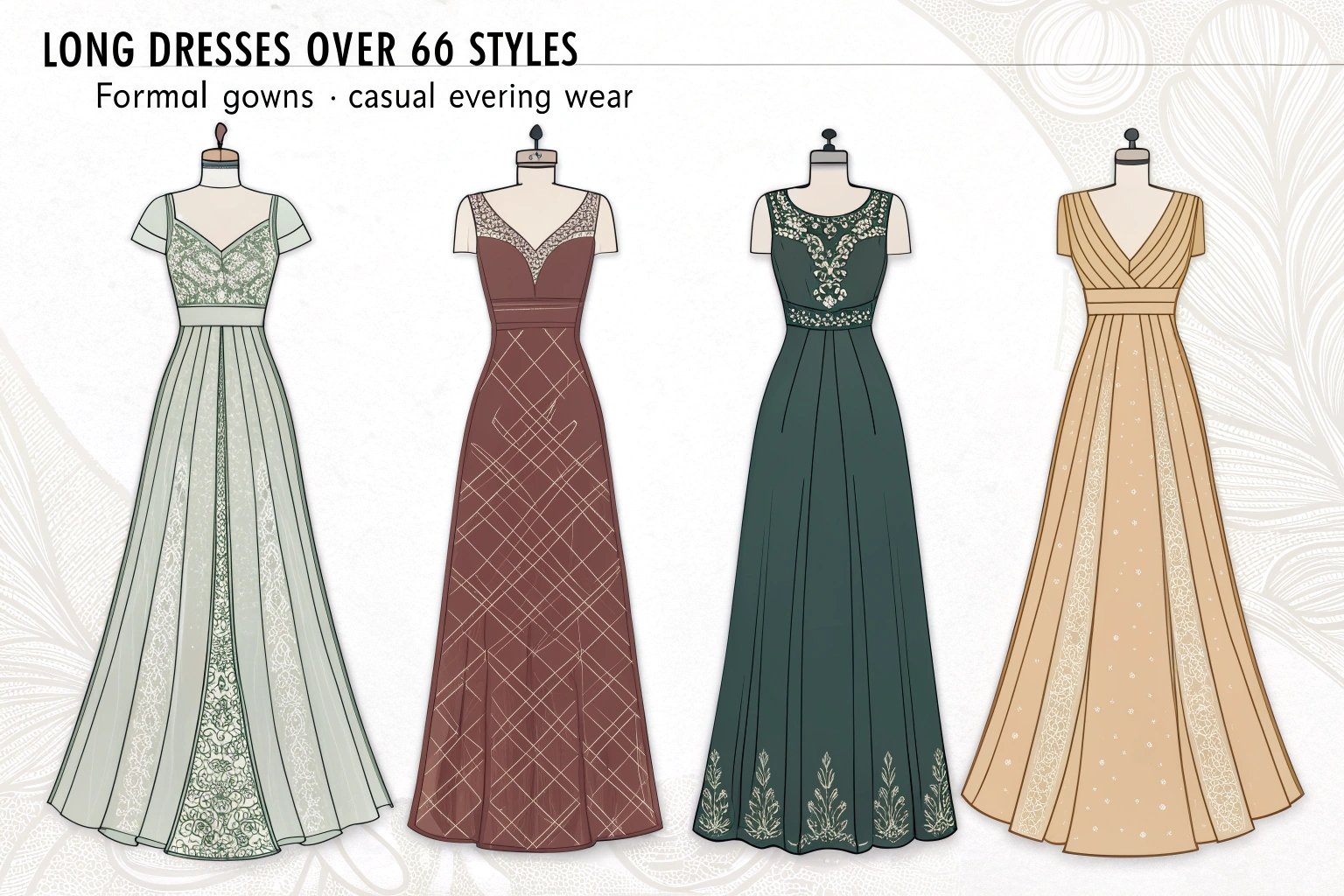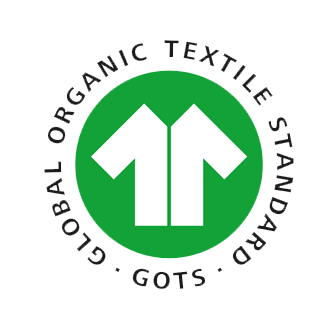I’ve worn gym tees that stayed drenched for hours and leggings that lost shape after a week. The difference wasn’t the workout—it was the fabric. Pick the wrong textile, and performance suffers. Pick the right one, and clothes move like a second skin.
The best fabrics for gym clothes balance breathability, moisture-wicking, stretch, quick-dry ability, and durability. Polyester, nylon1, and spandex2 blends dominate activewear, while eco-options like bamboo and recycled polyester3r](https://midwestworld.com/what-fabric-is-best-for-sportswear-a-simple-guide/)[^4] are growing. The ideal fabric depends on workout intensity, climate, and your sustainability goals.
Here’s a full guide to help you choose fabrics that deliver comfort and performance in every training session.
What Qualities Make Clothing Fabrics Ideal for Gym Wear?
The fabric has to keep the body cool, move with every stretch, and survive repeat washes.
Breathability prevents overheating, stretch supports flexibility, and moisture-wicking transports sweat away from the skin. Quick-dry technology shortens drying time, keeping garments light and comfortable throughout workouts.
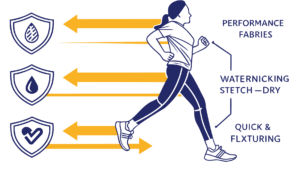
Why these qualities matter
- Breathability: Fabrics like mesh polyester allow airflow, reducing sweat build-up. Cotton breathes too but absorbs moisture instead of wicking it away.
- Moisture-wicking: Specialized fibers pull sweat off the skin to the outer layer where it evaporates. This keeps skin dry and prevents chafing.
- Stretch: Blends with spandex or elastane stretch 4-way, critical for yoga, pilates, and HIIT moves.
- Quick-dry tech: Hydrophobic fibers like polyester and nylon dry faster than natural fibers, preventing that “heavy, wet” feel mid-workout.
- Durability: Gym clothes go through sweat, friction, and frequent washing. Fabrics must resist pilling and shape loss.
What Are the Most Popular Clothing Fabrics Used for Gym Wear?
The best activewear brands rarely use pure cotton—they rely on engineered blends.
Polyester is the most common for workout gear due to its moisture-wicking and quick-dry properties, while nylon adds softness and abrasion resistance. Spandex provides elasticity, usually blended at 5–20% for leggings and sports bras.
Comparing core gym fabrics
| Fabric | Strengths | Weaknesses | Best uses |
|---|---|---|---|
| Polyester | Lightweight, quick-dry, durable, affordable | Can trap odor | Tees, shorts, jackets |
| Nylon | Soft, abrasion-resistant, strong stretch | Higher cost, less breathable | Leggings, bras |
| Spandex/Elastane | Extreme elasticity, retains shape | Expensive, weak alone | Blended for stretch |
| Cotton | Soft, breathable, natural | Retains sweat, dries slowly | Casual gym wear |
| Blends (Poly+Spandex, Nylon+Spandex) | Balanced performance | Cost varies | Most activewear |
How to Choose the Right Clothing Fabrics for Different Workouts
The right fabric depends on how much you move, how much you sweat, and where you train.
High-intensity workouts like HIIT need polyester-spandex blends for sweat control and stretch. Yoga and pilates benefit from nylon-spandex for softness and flexibility. Climate also matters: hot, humid regions need light, quick-dry fabrics, while cold gyms call for thermal blends.
Workout fabric map
- HIIT / Running / CrossFit: Polyester + spandex (moisture-wicking, 4-way stretch).
- Yoga / Pilates: Nylon + spandex (soft, flexible, high recovery).
- Weight training: Cotton blends for comfort; polyester blends for durability.
- Outdoor winter training: Polyester fleece or brushed nylon with thermal lining.
Climate factor:
- Hot & humid: Lightweight polyester mesh at ~140–160 GSM.
- Cold & dry: Heavier nylon or fleece blends at ~200–250 GSM.

Are Sustainable Clothing Fabrics a Good Choice for Gym Clothes?
Consumers demand performance and responsibility. Brands now invest in eco-options.
Eco-friendly fabrics like bamboo viscose, recycled polyester (rPET), and organic cotton blends are trending in gym wear. They combine performance with lower environmental impact, appealing to sustainability-minded buyers.
Sustainable fabric options
- Recycled polyester (rPET): Made from plastic bottles, maintains wicking and durability.
- Bamboo viscose: Naturally soft, breathable, and antibacterial, but needs chemical processing.
- Organic cotton blends: Good for light workouts and athleisure, but less effective for high sweat.
- Tencel (Lyocell): Soft, breathable, and eco-friendly, often blended with synthetics for gym wear.
Trade-off: Sustainable fabrics may cost 10–30% more, and performance sometimes lags behind engineered synthetics. Smart brands blend sustainability with durability to extend garment life, reducing waste.
Tips for Testing and Comparing Clothing Fabrics for Activewear
Not all fabrics that look alike perform alike. Testing prevents bad surprises in production.
Simple stretch, wash, and wick tests reveal comfort and durability. Always read fabric labels for fiber content and GSM, which signals fabric weight and density.
How I test gym fabrics
- Stretch & recovery test: Pull fabric 2–3× its width, release, and see if it bounces back without distortion.
- Moisture test: Drop water on fabric—if it spreads fast, it wicks; if it beads, it’s hydrophobic.
- Drying speed: Wet a swatch and time how fast it dries in air.
- Wash durability: Run 5 wash cycles; check pilling, shrinkage, and elasticity.
- GSM check: Use GSM cutter and scale. Light gym tees: 140–160 GSM. Leggings and bras: 200–250 GSM.
Reading labels: Look for blends like 88% polyester + 12% spandex (leggings) or 95% nylon + 5% elastane (bras). GSM matters for opacity in leggings and breathability in tees.

Conclusion
The best fabric for gym clothes depends on use, climate, and brand positioning. Polyester and nylon blends with spandex dominate for performance, while bamboo, rPET, and Tencel rise as sustainable options. Always test for stretch, wick, and durability before scaling.
-
Discover the benefits of nylon, including its softness and abrasion resistance, ideal for leggings and bras. ↩
-
Understand the role of spandex in providing elasticity and shape retention for activewear. ↩
-
Learn about the sustainability of recycled polyester and its performance benefits in activewear. ↩


